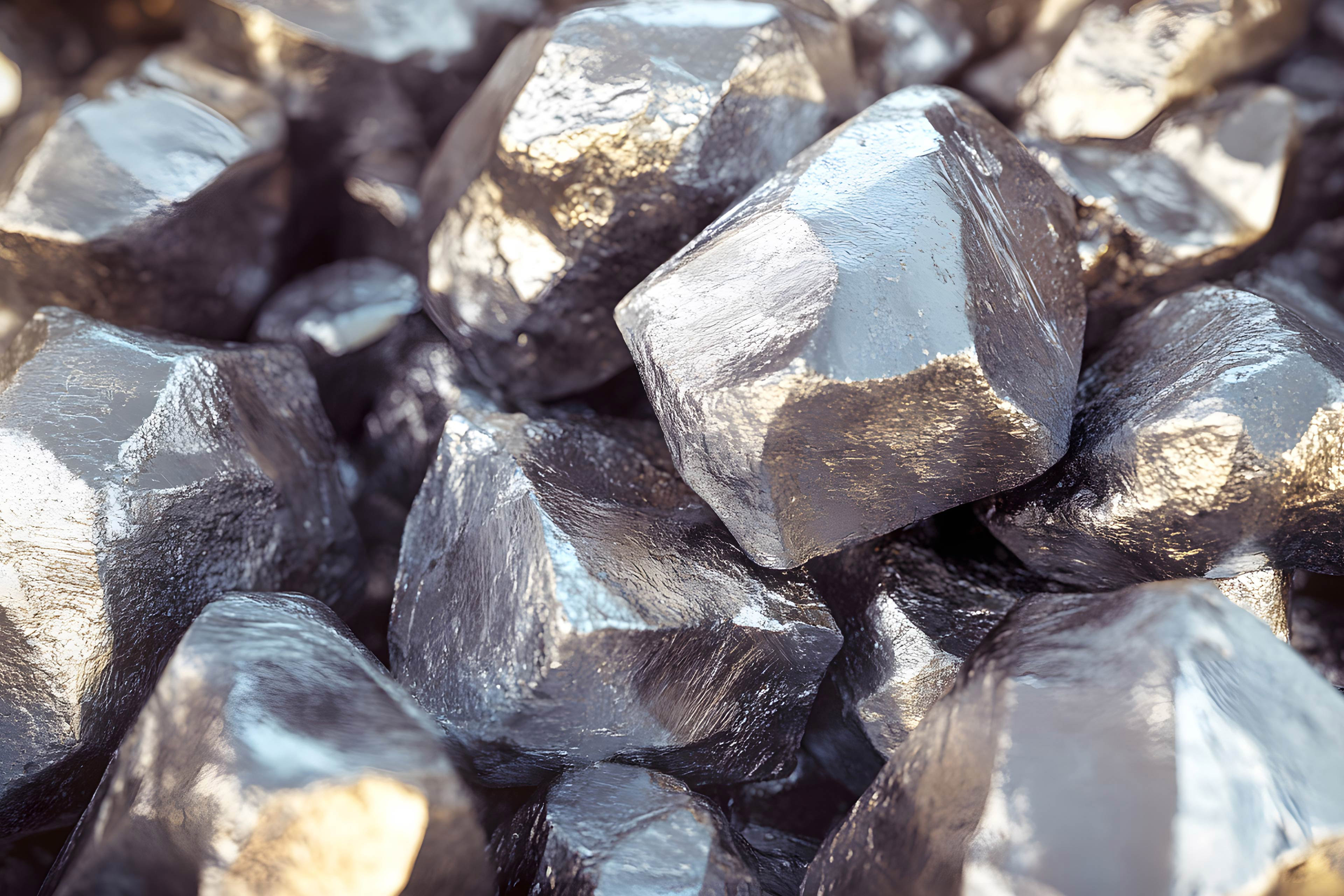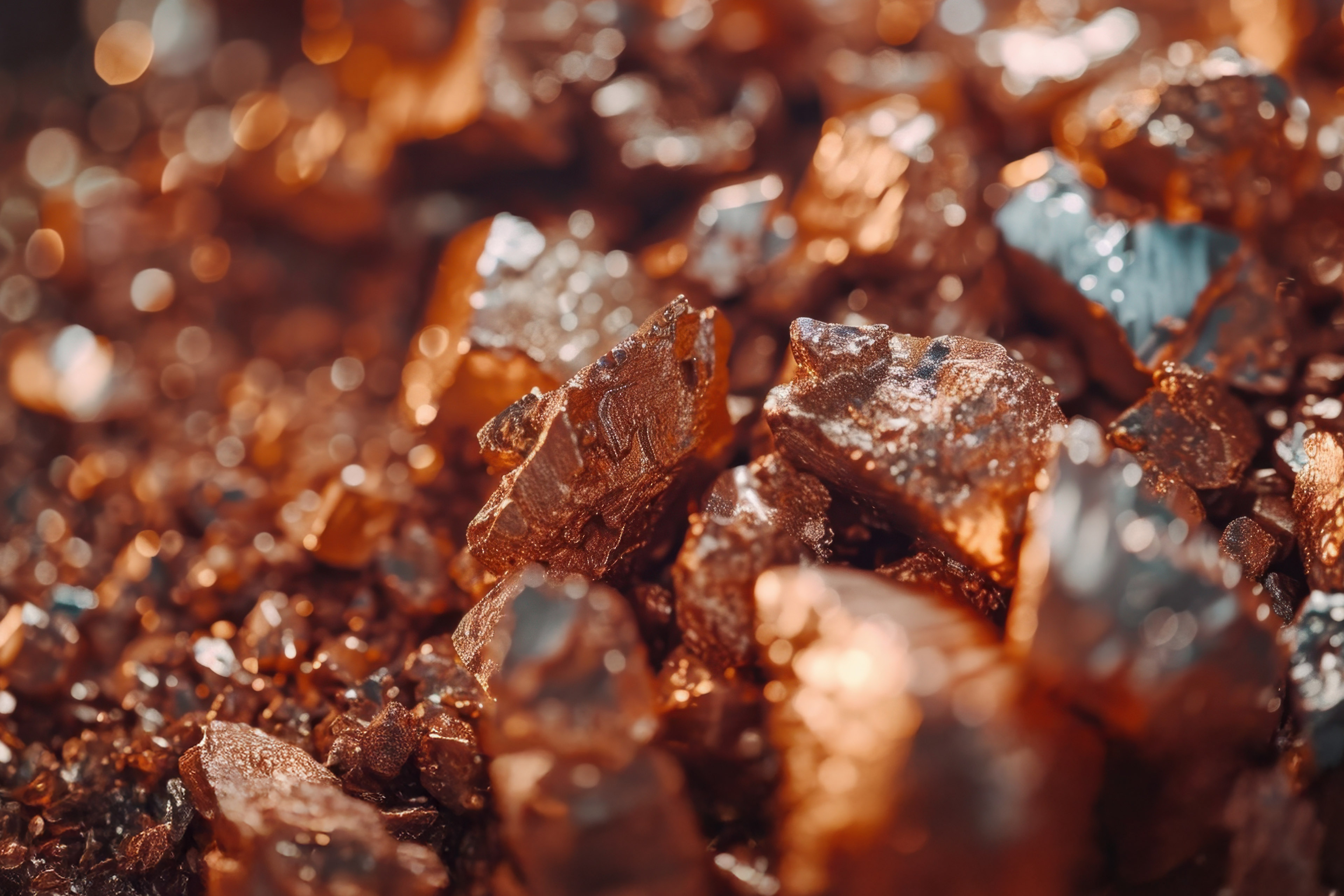EY refers to the global organization, and may refer to one or more, of the member firms of Ernst & Young Global Limited, each of which is a separate legal entity. Ernst & Young Global Limited, a UK company limited by guarantee, does not provide services to clients.

This article is authored by Dean Braunsteiner, EY Canada Assurance Mining Leader
Gold mining companies are using high gold prices to expand operations, advance sustainability and innovation and boost investment appeal.
In brief
- Mining companies are advocating the need for sustainable operations, comprehensive sector-wide standards and supply chain transparency.
- Leveraging circular economy opportunities and advancing exploration technology will help mining companies unlock long-term value from challenging deposits.
In 2024, higher-than-usual gold prices incentivized mining companies to diversify operations and acquire quality resources. Lower inflation has translated into a slight decrease in costs, further easing margins for mining companies in a high-price environment.
Overall annual demand (ex-OTC) for gold declined 3% year over year (y-o-y) to 3,259t in 9M24 as high prices deterred the momentum in central bank and jewelry purchases. The positive trend in investment demand, with geopolitical uncertainty and rate cuts, partially offset the dip in overall gold demand.1
Adopting advanced technologies across the gold mining value chain will drive cost reduction and improve operational effectiveness. Concurrently, establishing a sustainable profile will boost gold’s attractiveness as an investment option, reinforcing its appeal as a secure asset for investors.
Current focus of mining companies
Gold dominates budgets as the most explored commodity with 44% allocation even as the battery minerals share increases
The global gold exploration budget is estimated at US$5.6b in 2024, down 7% y-o-y, yet comprising 44% of the overall exploration budget.2 Mine site exploration continues to have the highest share — 46% within the budget — in line with the average allocation of 42% during 2019–23, compared to 35% allocation to late stage and feasibility and 19% to grassroot stage projects.3 The inclination toward mine site projects is driven by the goal to expand existing resources amid declining rates for new gold discoveries.
The budget share of junior gold mining companies in 2024 declined 13% compared to average budget of US$2.1b over 2019–23 with challenges in securing funds. While the budget share of major gold mining companies increased 14% compared to the average budget of US$2.7b over 2019-23.4
Regionally, Canada is estimated to record the highest share of 23% within gold budget in 2024, in line with its robust exploration efforts, followed by Latin America and Australia at 19% and 16%, respectively.5
Gold price rally buffered margins against easing yet elevated costs
Though the total cash cost (TCC) for gold decreased approximately 3% y-o-y in 2024 with the easing of inflation, the costs remain approximately 33% higher than the pre-pandemic costs in 20196. High costs for labor and consumables coupled with the strengthening of local currencies against the US dollar offset the impact of reducing inflation on operating costs.7
However, as the gold prices increased 23% y-o-y to US$2,386/oz in 2024, the high-price environment and the gradual decrease in costs eased margin pressure on gold mining companies and mitigated the need for high-cost mines to temporarily close or cut production rates.8
Global ex-OTC gold demand declined 3% y-o-y to 3,259t in 9M24 as high prices softened jewelry and central bank purchases
Jewelry consumption declined 11% y-o-y to 1,328t in 9M24 as high gold prices increased affordability constraints for consumers.
Though heavy central bank purchases from emerging markets continued in 1Q24, demand dipped 17% y-o-y to 694t in 9M24, as banks focused on strategic purchases amid the gold price rally.
Technology demand increased 9% y-o-y to 244t in 9M24, driven by the rising adoption of new technologies within the electronics sector.
Overall investment demand increased 22% y-o-y to 834t, while the slowdown in gold exchange-traded funds (ETFs) outflows amounted to 25t in 9M24, compared to 189t in 9M23. Additionally, gold ETFs reversed a nine-quarter trend of outflows by attracting 95t of inflows in the 3Q24, primarily supported by Western investors.9
Momentum of M&A activities continued as gold prices soared to record highs with rate cuts and economic uncertainty
Though the gold deal count increased from 118 in 2023 to 124 in 2024, overall deal value dipped 57% to US$15b in 202410. The decrease in deal value is attributed to Newmont’s acquisition of Newcrest for US$16.8b in November 2023, which registered as the largest deal in the gold mining sector.11
With the gold prices soaring to record highs in 2024 and the rate of new discoveries on the decline, mining companies sought out new deals to replenish their reserves and secure future production while exercising capital discipline. Major gold deals in 2024 include Gold Field’s US$1.6b acquisition of Osisko Mining to expand its geographical presence and explore potential of high-grade gold development projects.12
Next steps for mining companies to steer the transition
Implementation of a unified responsible mining standard for extensive coverage on broad performance areas
In recent years, the push for responsible mining has led to the development of numerous standards. While many companies are implementing these standards to varying extents, smaller mining companies are facing challenges due to overlapping requirements.
The Consolidated Mining Standard Initiative (CMSI) aims to unify existing standards, address environmental, social and governance (ESG) concerns with a comprehensive framework and reduce barriers to adoption for mining companies. It consolidates the focus areas of four well-established standards: The Copper Mark, Mining Association of Canada’s Towards Sustainable Mining (TSM), World Gold Council’s Responsible Gold Mining Principles and ICMM’s Mining Principles.13
Consolidated Mining Standard Initiative

Source 14: EY Insights analysis of data from The Copper Mark, The Mining Association of Canada, World Gold Council, International Council on Mining and Metals, and Consolidated Mining Standard Initiative.
Five of the top 15 gold mining companies by market capitalization are based in the US and Canada, while two of the top five gold and precious metals mining companies by market capitalization are based in South Africa and are part of the sector advisory group of the CMSI initiative. As a result, the standard is expected to be inclusive of the specificities of the gold value chain.15 Adopting a unified responsible mining standard will enhance the transparency and credibility of gold mining companies among international investors.16
Adopting innovative extraction methods to ensure sustainable and commercial recovery
Over the years, the cyanidation process has remained the preferred method of economical gold extraction, with cyanide being used in more than 90% of global gold production.17 However, the handling and disposal of cyanide can present challenges that require careful management and stringent controls to mitigate potential risks. With the growing focus on environmental stewardship, and more broadly sustainability, there is an increasing need to explore responsible and economically viable gold recovery processes.
A few mining companies are proactively collaborating with research institutes to develop cyanide-free gold processing methods. For instance, The Commonwealth Scientific and Industrial Research Organization (CSIRO) and Barrick Gold collaborated to employ thiosulphate as a commercial alternative to cyanide in gold extraction at Goldstrike mine in Nevada.18 These sustainable and innovative technologies reflect a transformative shift in the gold mining sector, enabling companies to extract more value from resources while minimizing environmental impact.
Participating in the digital ecosystem of responsibly sourced gold
Illegal mining practices, circulation of counterfeit gold bars and instances of human rights violations pose credibility challenges for the gold mining sector. As the demand for green materials grows and gold becomes a more sought-after investment asset class, the importance of establishing robust sourcing credentials is increasing. Implementing a sector-specific unified blockchain technology will enhance the mine-to-market transparency and traceability and streamline processes across producers, refiners and consumers.
The London Bullion Market Association (LBMA) and World Gold Council (WGC) launched a pilot of the Gold Bar Integrity (GBI) program that employs a distributed ledger technology and provides a security feature that authenticates gold bars and links it to the GBI database.19 This initiative is widely accepted among existing members of the WGC.20Gold mining companies are increasingly evaluating long-term strategic benefits of producing responsible sourced gold amid rising pressures from consumers and investors.
What will drive business resilience beyond?
Rising technological applications of gold to enhance scope of e-waste recycling over coming years
The launch of new and restocking existing electronic products, along with rising adoption of high-performance computing technologies, increased technology demand for gold 9% y-o-y to 244t in 9M24.21 Gold’s superior conductivity, resistance to corrosion and durability make it ideal for advanced hardware such as processors, memory chips and sensors for AI-enabled devices.22
The increasing use of gold in modernizing technological infrastructure is likely to unlock avenues for electronic waste recycling as older equipment retires in the coming years. There is significant potential in recovering precious metals from electronic waste; for instance, recycling 1 million mobile phones is expected to recover approximately 34kg of gold.23 This is expected to enhance the current contribution of approximately 10% of industrial gold recycling to the overall recycled supply.24
Metal recycling companies are proactively exploring extraction of precious metals from electronic scrap. For example, New Zealand-based startup Mint Innovation has developed a low-cost, biotech-oriented recovery method for recycling precious metals from e-waste.25
Efficient gold exploration technologies to explore remote and challenging deposits
The gold exploration process continues to be a challenge for mining companies, with less than 0.1% prospected sites transitioning to become productive gold mines.26 Adopting innovative exploration technologies can help gold mining companies unlock previously inaccessible value from remote deposits, reduce exploration risks and align with the broader sustainability goals.
Employing space exploration technology is gaining momentum in the gold mining sector. For instance, Gold Fields utilized Fleet Space Technologies’ Exosphere technology at Salares Norte mine, located in remote, challenging terrain. This technology leverages a satellite network and smart seismic sensors to generate 3D subsurface imaging and provide actionable insights to remote on-site teams while maintaining near-zero environmental impact.27
Summary
Potential policy shifts by governments worldwide, along with ongoing geopolitical uncertainty and monetary easing across economies, are expected to influence the short-term outlook for gold.
Elevated gold prices have positioned mining companies to pursue strategic deals and integrate sustainable technologies. Employing cost-effective and responsible operational practices, along with proactive efforts toward emerging growth opportunities, will help gold companies drive competitiveness in the long term.
Related articles
How silver mining companies can build long-term competitiveness
Silver mining companies boost production amid rising demand, focusing on sustainability, innovation and M&A to enhance competitiveness and long-term value.
How copper companies can drive value amid accelerating energy transition
As copper demand rises, companies are scaling production with sustainability at the core, embracing innovation, circular economy principles, and responsible mining.
Unlocking value in mining capital projects: the role of digital
Explore how digital technologies like AWP, BIM, GIS, and digital twin optimize mining capital projects, improving efficiency, safety, and timely delivery.






